Healing with Compassion: Discover the Transformative Power of Reconstruction After Mohs Surgery
Mohs Reconstruction Techniques
Once the cancerous tissue has been removed, the surgical area where the skin was removed, medically referred to as a defect, often needs to be reconstructed to fully restore both functionality and aesthetics. The goal of Mohs reconstruction is to achieve optimal wound healing, minimize scarring, and restore the natural appearance of the affected area.
The specific type of reconstruction performed depends on the size, location, and complexity of the post-surgery wound. Some common techniques used in Mohs reconstruction include the following.
Primary Closure
In cases in which the wound is small, and the surrounding skin is flexible enough, the surgeon may simply close the wound using sutures or stitches. Mohs Reconstruction is often used for smaller defects (areas of missing skin where the cancer was removed) that can be easily closed without excessive tension.
Skin Grafting
In situations where the wound is too large to be closed with primary closure, a skin graft may be utilized. During this procedure, skin is taken from another area of the body, called the donor site, and transferred to the surgical site to cover the defect. Skin grafts can be split-thickness grafts, which involve removing a thin layer of skin, or full-thickness grafts, which involve removing the entire thickness of the skin.
Local Flap Reconstruction
Local flap reconstruction involves rearranging nearby tissue to cover the wound. The surgeon creates a flap of skin adjacent to the defect and moves it into place to close the wound. Reconstructing the flap is completed when there is enough adjacent tissue to achieve closure without the need for a skin graft.
Tissue Expansion
Tissue expansion is a technique that utilizes a balloon-like device, called an expander, which is placed beneath the skin near the defect. Over time, saline is injected into the expander, which stretches the overlying skin. Once enough skin expansion has occurred, the expander is removed, and the expanded skin is used to reconstruct the defect.
Trust our Mohs Reconstruction Expertise
We take pride in the exceptional expertise and successful outcomes achieved by our Mohs reconstruction surgeons. Dr. Wayne and Dr. Rhodes have successfully performed a multitude of intricate and challenging cases, making us a top choice for patients seeking exceptional results.
Our commitment to excellence extends to every aspect of the procedure — from planning to the utilization of advanced techniques and cutting-edge technologies. Wigh a patient-centered approach, we tailor each reconstruction surgery to suit individual needs, while ensuring functional and aesthetically pleasing outcomes.
Contact W Facial Aesthetics For Reconstruction After Mohs Surgery
The choice of reconstruction method depends on various factors, including the size and location of the defect, patient preferences, and the surgeon’s expertise. With Dr. Wayne, Dr. Rhodes, and our dedicated team by your side, you can trust that your Mohs reconstruction journey will be met with the highest level of skill, compassion, and commitment.
Get in touch today to schedule a consultation.
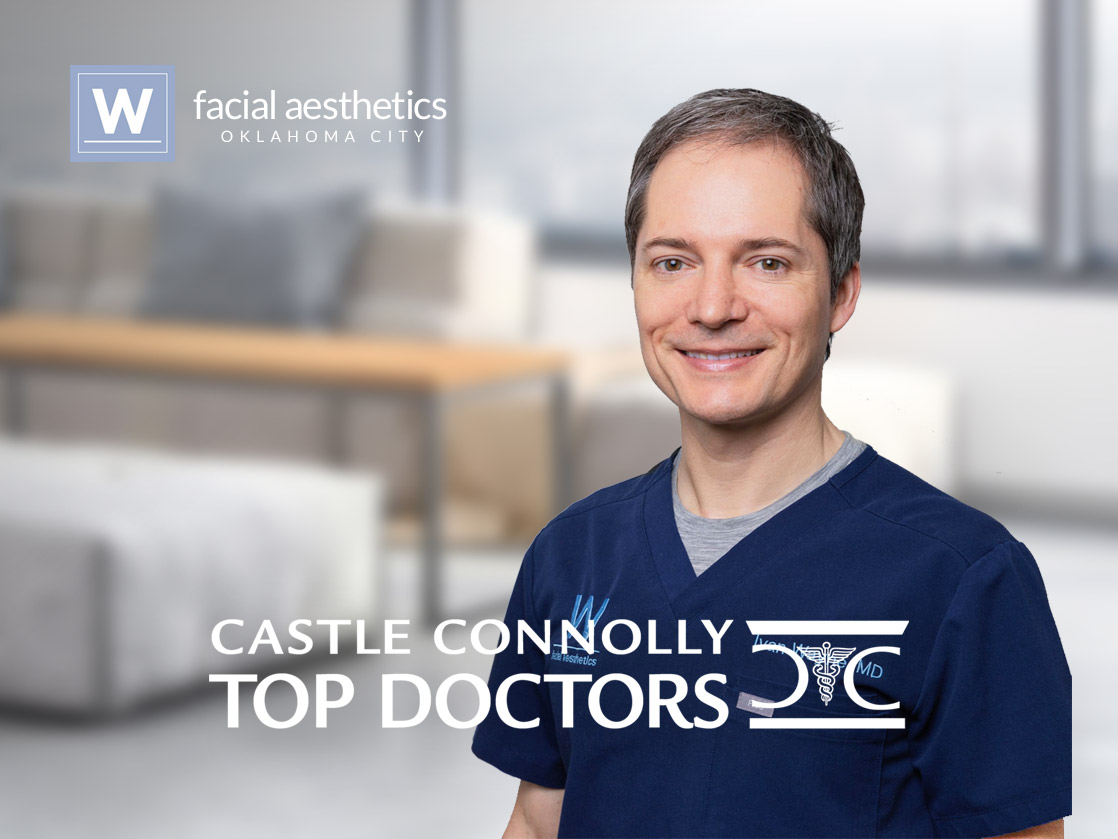
Your time is now.
Dr. Ivan Wayne, Dr. Robert Rhodes, and their entire patient care team are standing by to meet you, learn about your goals and aspirations, to curate the best plan for truly life-changing, natural results.
BEFORE & AFTER
Our pictures say a thousand words.
Dr. Wayne and Dr. Rhodes’ success truly stems from the trust in the relationships they form with their patients, from the moment they meet them to the last post-operative appointment. A true understanding of our patients’ hopes and dreams creates extraordinary results.
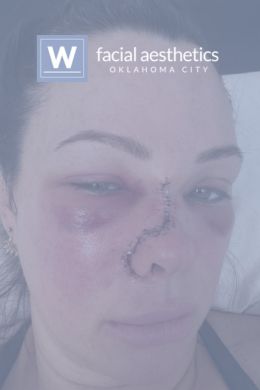
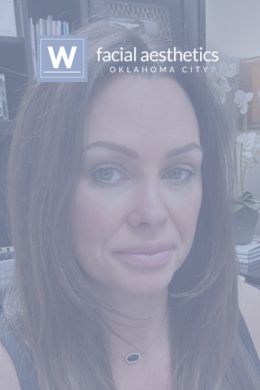
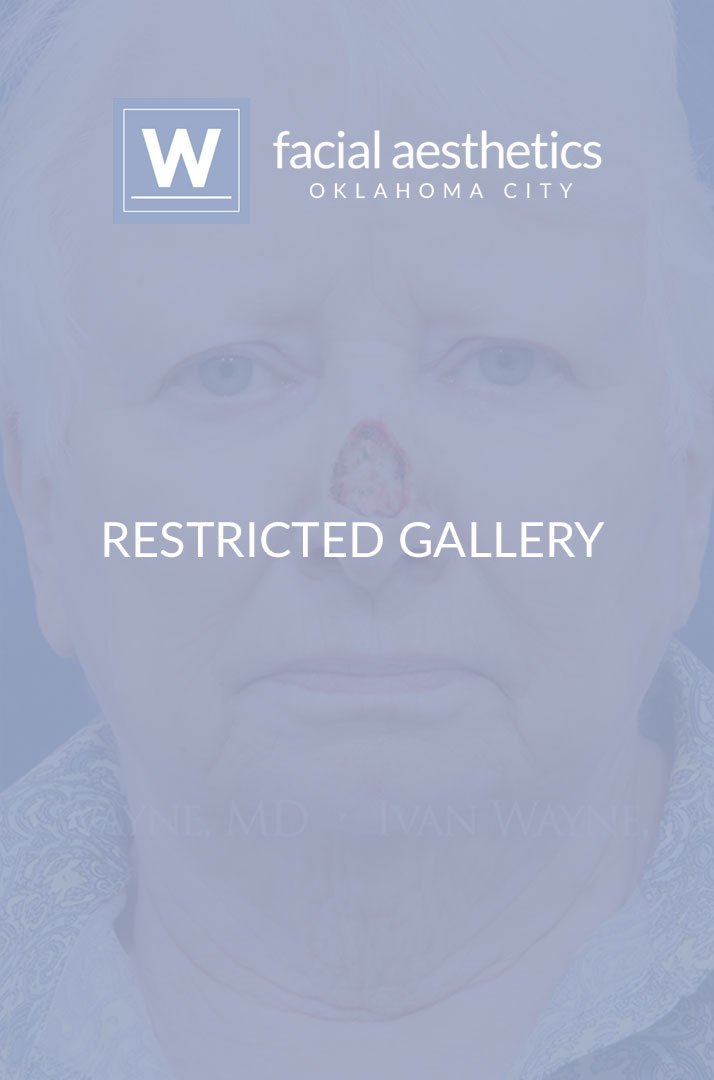

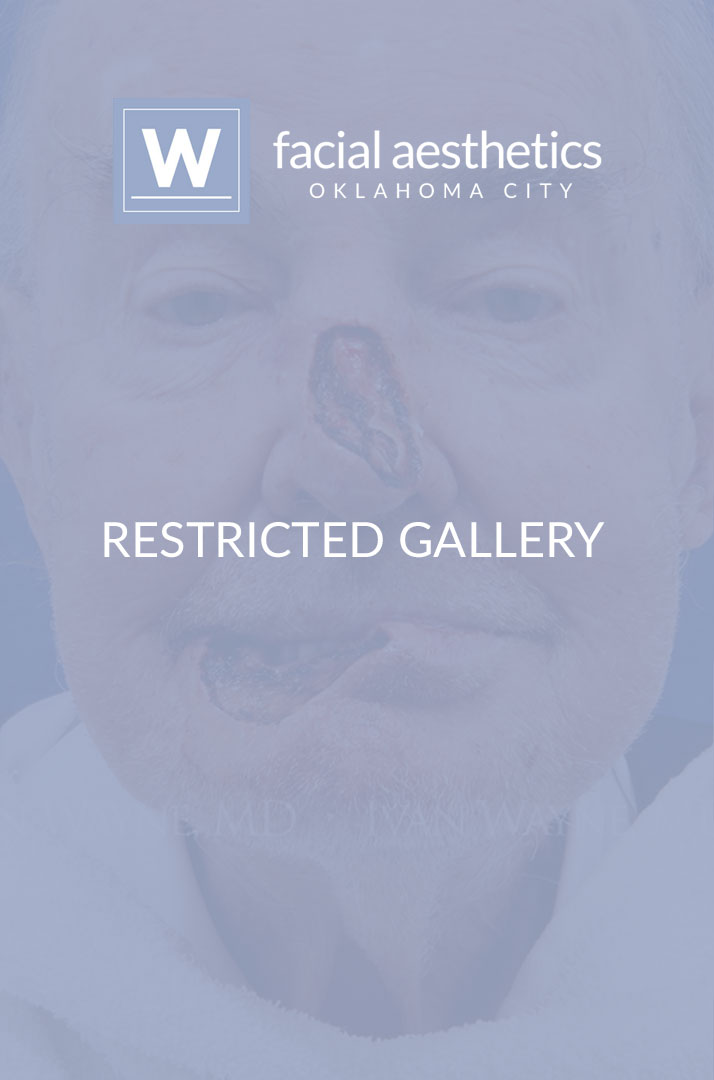
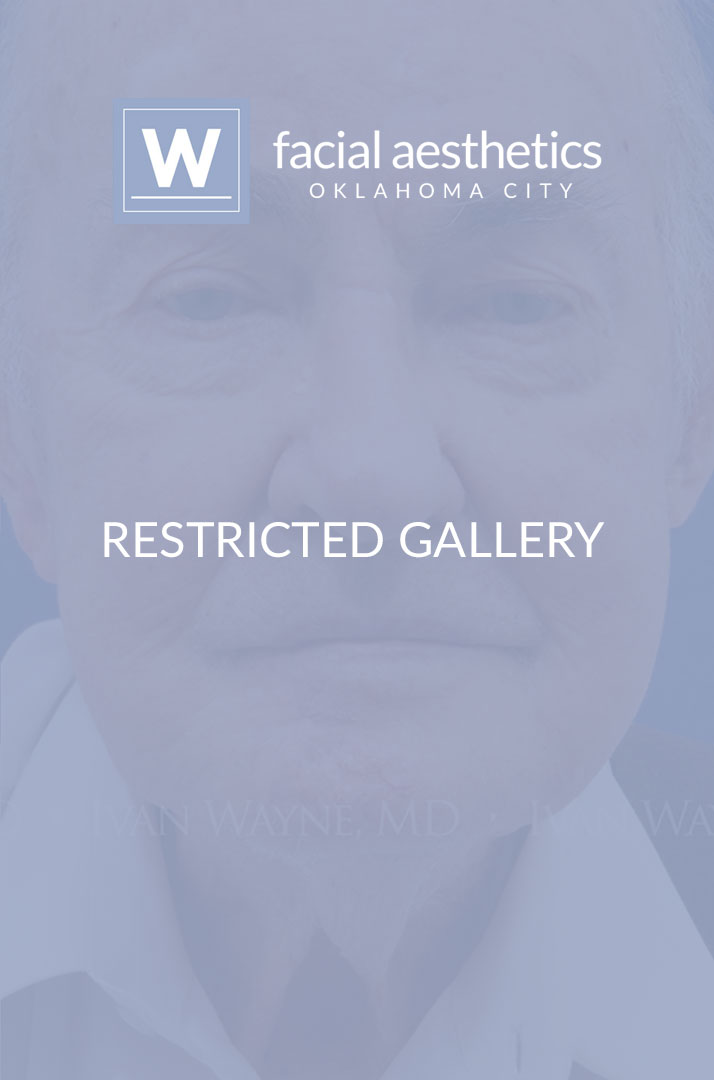


Mohs Reconstructive Surgery FAQs
Mohs reconstructive surgery refers to the surgical procedures performed to repair and restore the skin following Mohs micrographic surgery. Mohs surgery is a surgical technique that is precise and effective in treating certain types of skin cancer, particularly basal cell carcinoma, and squamous cell carcinoma.
Yes, it is highly recommended to see a plastic surgeon after Mohs surgery, especially if the surgical site is in a cosmetically sensitive area or if the wound requires advanced reconstructive techniques. While Mohs micrographic surgery effectively removes the cancerous tissue with maximum preservation of healthy skin, the resulting defect or wound may need specialized care and expertise to achieve optimal cosmetic and functional outcomes.
After undergoing Mohs surgery, it is essential to begin the process of seeking a plastic surgeon as soon as possible. Ideally, you should start your search during the planning phase of your Mohs surgery or as soon as you know you will need reconstruction after the removal of the skin cancer.
Mohs reconstruction surgery can be performed on various parts of the body, depending on where Mohs micrographic surgery was conducted to remove skin cancer. It is primarily used for areas with cosmetically sensitive or functionally important structures, where precise wound closure and restoration are essential.
Parts of the body that Mohs reconstruction surgery can be performed on include the nose, face, neck, arms, legs, and any other body part exposed to the sun. For example, for nose reconstruction after Mohs surgery, the goal is to achieve optimal cosmetic and structural outcomes while preserving the nasal shape, breathing function, and aesthetics.
The choice of reconstruction technique will also be influenced by the location of the defect. A skilled plastic surgeon, dermatologic surgeon, or facial plastic surgeon will assess the wound and recommend the most appropriate reconstructive procedure to achieve the best possible outcomes.
Finding a qualified and experienced plastic surgeon to perform Mohs reconstruction requires careful research and consideration. A good start is asking your dermatologist or the Mohs surgeon who performed your skin cancer removal for recommendations. They are likely to have experience working with plastic surgeons for reconstruction and can provide valuable insights.
Another option is to read online reviews and testimonials from previous patients. Pay attention to feedback about the surgeon’s bedside manner, communication skills, and overall satisfaction with the results.
The recovery period after Mohs reconstructive surgery can vary depending on the extent of the surgery, the location of the wound, and individual healing abilities. Some general expectations during the recovery period include obtaining wound care, which will be provided by your surgeon.
You can also expect swelling and bruising during the first week of recovery. Applying cold compresses and keeping your head elevated can help reduce swelling.
Some discomfort or mild pain is also typical during the first few days following surgery. Your surgeon may prescribe pain medication or recommend over-the-counter pain relievers to manage any discomfort.
If non-dissolvable stitches were used, you will likely need to return to your surgeon to have them removed after a certain period, typically within 5 to 14 days after surgery.
Mohs reconstruction is generally considered a safe and effective procedure, but like all surgical procedures, there can be risks and complications involved. These risks and complications involved will be explained prior to Mohs reconstruction surgery and may include the following.
- Infection
- Bleeding
- Scarring
- Skin Color and Texture Changes
- Allergic Reactions
It is crucial to discuss these risks and potential complications with your surgeon before the procedure. Your surgeon will assess your individual health status to determine if you are a suitable candidate for Mohs reconstruction. They will also provide detailed preoperative and postoperative instructions to reduce the risk of complications and promote optimal healing.
COMMUNITY LOVE
"8 months out from skin cancer removal! This was a somewhat traumatic experience for me, and it took a year of research to decide on both the MOHS surgeon and reconstructive plastic surgeon. Thank you Dr Wayne for delivering on your promise - you said could fix whatever came of the MOHS surgery, and you more than exceeded my expectations. Barely any scarring at all and only 8 months later."
- Jenifer S., WFA Patient

NATIONALLY RECOGNIZED TOP DOCTOR
Dr. Ivan Wayne is recognized as a Castle Connolly Top Doctor.
The Castle Connoly Top Doctor award honors both physicians and leaders in healthcare whose dedication, talents and skills have improved the lives of countless people across the country. Dr. Wayne holds this title with pride as the result of years of excellence in Facial Plastic Surgery representing both his patients and students.

Doctor-approved skincare.
Dr. Wayne has curated a selection of ZO Skin Health products designed to elevate your skin care regimen.
By ZO Skin Health online, or visit our office to take advantage of free curb-side pickup or delivery.

Your journey begins here.
Thank you for visiting W Facial Aesthetics! On behalf of Dr. Ivan Wayne, Dr. Robert Rhodes, and our entire patient care team, we’re excited to learn more about your unique aesthetic goals and aspirations. We’re here to share our expertise, give you direction, and to help you achieve the healthy, beautiful face you’ve always wanted.
Start by telling us a little more about your goals.
VISIT OUR OFFICE:
10001 Broadway Ext.
Oklahoma City, OK 73114
GET IN TOUCH:
Contact us by phone at: 405.748.5950
